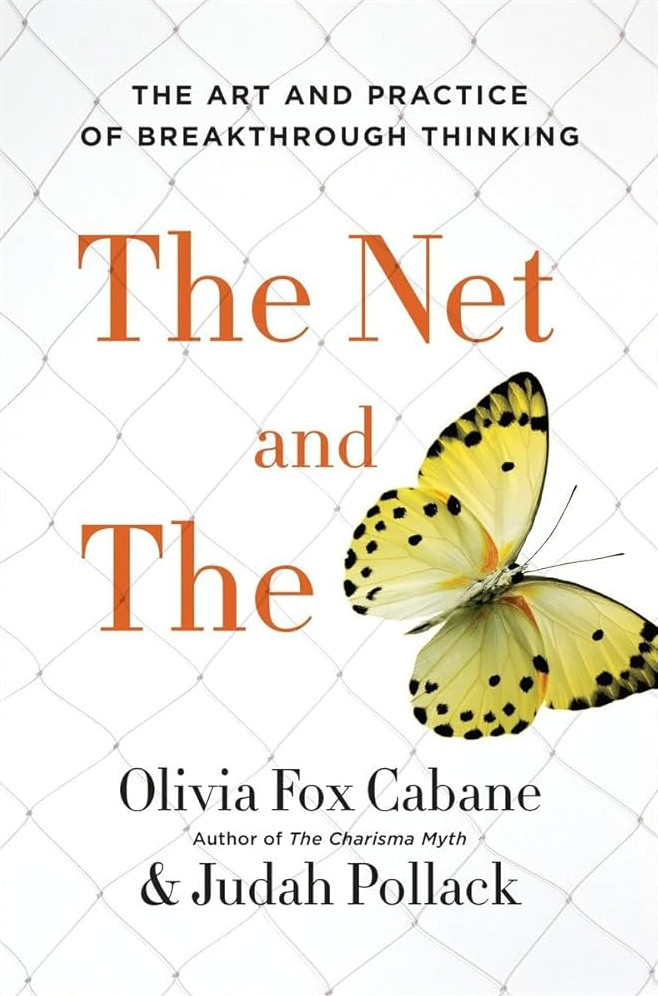My GPTs and prompt engineering

Ponies are doing prompt engineering (c) DALL-E
I've been using ChatGPT almost since the release of the fourth version (so for over a year now). Over this time, I've gotten pretty good at writing queries to this thing.
At some point, OpenAI allowed customizing chats with your text instructions (look for Customize ChatGPT in the menu). With time, I added more and more commands there, and recently, the size of the instructions exceeded the allowed maximum :-)
Also, it turned out that a universal instruction set is not such a good idea — you need to adjust instructions for different kinds of tasks, otherwise, they won't be as useful as they could be.
Therefore, I moved the instructions to GPT bots instead of customizing my chat. OpenAI calls them GPTs. They are the same chats but with a higher limit on the size of the customized instructions and the ability to upload additional texts as a knowledge base.
Someday, I'll make a GPT for this blog, but for now, I'll tell you about two GPTs I use daily:
- Expert — answers to questions.
- Abstractor — makes abstracts of texts.
For each, I'll provide the basic prompt with my comments.
By the way, OpenAI recently opened a GPT store, I'd be grateful if you liked mine GPTs. Of course, only if they are useful to you.
About the book "The Net And The Butterfly"

I bought "The Net And The Butterfly" by mistake when I was in St. Petersburg about 5 years ago and organized a book-shopping day. I bought about 10 kilograms of books :-D, grabbed this one on autopilot without reading the contents. I thought the book would be about the network effect and the spreading of ideas, but it turned out to be about how to "manage" a brain relying on one of the neural networks in it. Which network? For the book and its content it does not matter at all.
My opinion of "The Net And The Butterfly" is twofold. On the one hand, I cannot deny its usefulness, on the other… the material could have been presented 100 times better and 3 times shorter. Sometimes, the authors walk on thin ice and risk falling into information peddling/marketing fraud.
Two years of writing RFCs — statistics

Slightly more than two years ago, I became a Lead/Engineering Manager for Palta's payment team. I left the company at the end of 2023 for another sabbatical [ru].
It is time to sum up. I will start with my favorite initiative.
From the first month, I promoted the idea of preceding major changes with text documents — RFC — Request for Comments.
In this post, I will analyze two years of applying this practice to share the experience, summarize the results, and have convincing arguments for my next job.
Simulating public opinion in a game
The demonstration (in Russian) of a technical prototype of manipulating public opinion and explanation of how it works.
I continue participating in World Builders school. For the last month, I've created a technical prototype of game mechanics for manipulating public opinion.
You play as the chief editor of a news agency, who sends journalists on quests and publishes articles based on the results of investigations focusing on themes that you want to promote.
The top video is in Russian, so I'll go through the main points below.
Procedural news headlines without complex text generation

A screenshot of the interface for selecting a news connotation (from the prototype of the game about a news agency). News: the arrest of a teenage witch for drunk driving.
From the player preference survey, I gradually moved on to working on a game prototype.
The game will be about a news agency. You will be the chief editor, and your task is to manipulate public opinion by investigating events and choosing a connotation of news: where to draw the public's attention, what to hide, in what tone to present themes, etc.
Therefore, the whole game will be around the text of news.
Creating large blocks of detailed text for each news item looks pointless — the game is not about reading news but about managing them. Therefore, it makes sense to build interaction only around headlines.
But how can we make the displaying of news both interesting and simple?